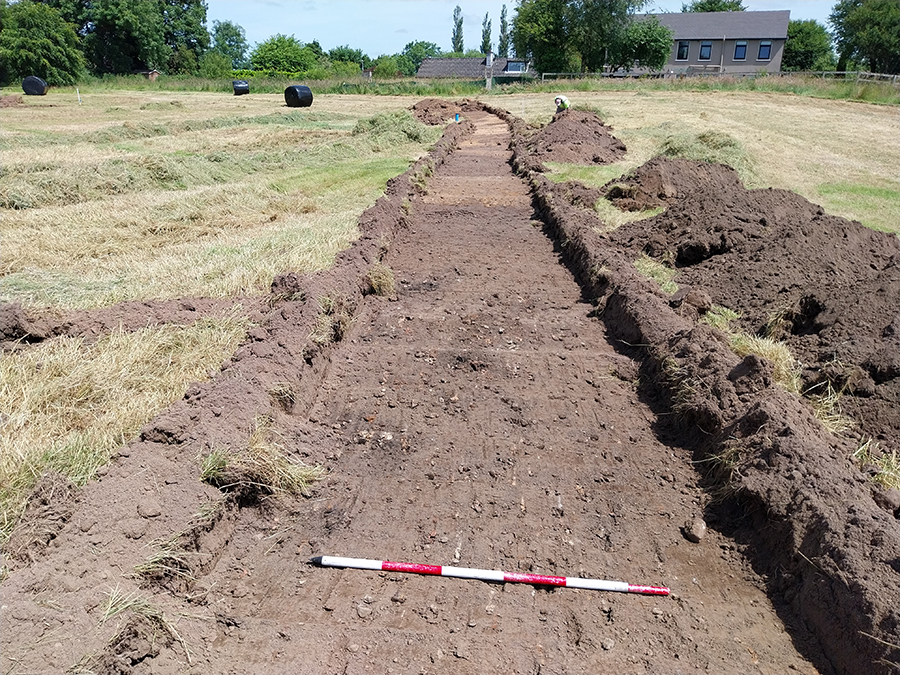2024:508 - Newtown, Limerick
County: Limerick
Site name: Newtown
Sites and Monuments Record No.: N/a
Licence number: 24E0618
Author: Frank Coyne
Author/Organisation Address: Aegis Archaeology Ltd, 32 Nicholas At, Limerick
Site type: Burnt spread
Period/Dating: Prehistoric (12700 BC-AD 400)
ITM: E 562942m, N 655902m
Latitude, Longitude (decimal degrees): 52.653044, -8.547695
A geophysical survey (24R0190) was previously carried out which identified several small anomalies which were considered have archaeological potential, and a larger area which was identified as probably being a burnt spread/levelled fulacht fiadh. This was confirmed by test trenching. Fourteen trenches were excavated across the site. One archaeological feature, a spread of burnt and fire-cracked stone, measuring approximately 20m by 20m, was encountered.

